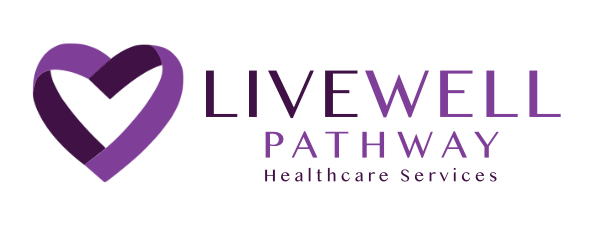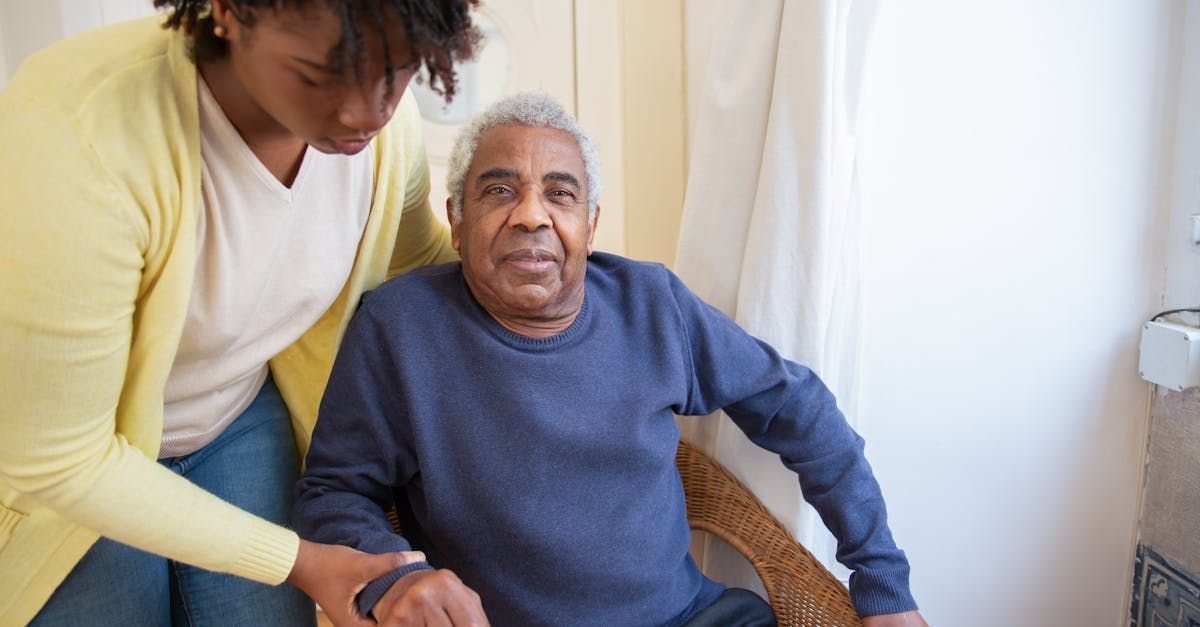Options for Financing Your Retirement
"People can't do anything about growing old because it's one of the most natural things in the world, but one thing you can control, though, is how you'll live your life once you're old enough to retire."
Adrian J.Williams, Retirement: The Ultimate Retirement Planning Guide!
There’s a lot of great advice packed into the above quote. You control your retirement by advance planning. Retirement should be part of your financial planning as soon as you enter the work force as an adult. In other words, you want to start saving for retirement long before the reality hits. And it comes upon you faster than you think.
However, you may have a job that only pays enough to meet your monthly bills. Your housing costs, car payments and child expenses could very well be high and extra money for retirement savings realistically is not easy to find.
So, what are your options for financing your retirement if you do not have a solid work pension and you’ve not got a solid savings buffer? There are options available. Let’s take a look at them.
Government Pension Income You’re Entitled To
If you’ve been working regularly throughout your life, as a Canadian citizen you are eligible for monthly payments from your CPP or Canada Pension Plan. The amount you receive depends on how consistently you worked, your yearly earnings and your contributions and/or employer contributions to the plan.
In 2021, the maximum CPP monthly payout is about $1203 per month. However, the average CPP for 2020 was much lower, only about $689 per month. This is because not everyone contributed enough to receive the full CPP payment. As well, at age 65 you are eligible for Old Age Security which contributes about $613 per month.
So, the average person in Canada receives about $1309 per month if they have no work pension and zero retirement savings. That amounts to a yearly income of $15708 which is well below poverty level.
Government Pensions are not Enough to Retire Comfortably
Many people think that when they retire, they’re expenses will be significantly lower. In reality, this is just not the case. Many people reaching retirement age still have a mortgage and often have dependent children still in postsecondary school likely needing financial assistance. Wardrobe costs and gas expenses as well as food and snack costs will likely be lower but most other monthly expenses will remain unchanged, especially in the early years of retirement.
If you have adequate savings including RRSP’s, then using those sources of income are your best option for living comfortably. Your savings, including tax free savings accounts, do not have income tax ramifications. When you deduct from RRSP’s, you do pay income tax on those withdrawals but ideally when using RRSP funds, your income is lower so your tax bracket is lower. But…what if savings and/or RRSP’s are not an option for financing a comfortable retirement?
There are some options available to you:
- A home equity line of credit or HELOC
- Downsizing and using proceeds from the sale of your home sale to finance retirement
- Reverse mortgage
HELOC
A HELOC is a loan based on the value of your home. Your home becomes collateral for the loan in case repayment is not possible. Lenders will loan you up to 85% of your home equity. That means if you are mortgage free, you are eligible for a HELOC up to 85% of your home’s appraised value.
Interest is usually variable, meaning it can change as interest rates change. However, it does have advantages in that it can be used, repaid and used again. You only pay interest on the funds you have used.
A downfall of this loan is that you must qualify for it. Income and your credit score will affect how the bank evaluates your ability to repay your loan. The reality is many retirees will not be able to qualify for a HELOC.
Downsizing
Downsizing and using proceeds from the house sale to finance your retirement may be a sound option. If you were planning to sell to acquire a smaller, more manageable housing option or you want to move closer to family this might be a great solution to free available funds for retirement.
However, you must take into consideration what will be needed to finance your housing alternative. Equity that is left over could potentially provide adequate funds, if invested wisely, to maintain your standard of living.
Reverse Mortgage
A reverse mortgage is often considered a means of last resort to finance your retirement. There are only two lenders in Canada who provide reverse mortgages: Home Equity Bank and Equitable Bank. Without adequate savings and if downsizing is not an option or you wish to remain comfortable in your own home, it is an option for any homeowner aged 55 or older who is ready to retire. Interest rates are much higher than HELOC’s and depending on the value of your home you might not get an income you were hoping for but there are advantages to this strategy:
- You are able to age in place and your home continues to appreciate
- You can borrow up to 55% of your home equity; income and ability to repay do not factor into your eligibility to qualify
- Funds received are not taxable
- Funds can be used however you like you only need to maintain house insurance, pay property taxes and bills related to house maintenance
- No repayments are required until the home is sold or the borrowers die
- Pay back involves the original borrowed amount plus interest which often still leaves some equity in the home because of appreciation
- If your home should lose value, the lender takes the loss
For many struggling seniors, the reverse mortgage is the best or only option available to a comfortable retirement.
So Now You’ve Retired…What are Your Living Options?
If you are still a relatively vibrant retiree, then living in your own home is by far the best option from both a financial and a comfort level point of view. You still have your health and your friends. Travel is likely still on the table. If you are able to comfortably manage all the costs associated with your particular living arrangement, then staying at home is the best option.
As your health declines, it may be time to look at your housing situation. Home ownership requires maintenance. Lawns need cutting, gardens need attention. Inside the home, regular cleaning and maintenance are issues that must be attended to. Bills need to be paid. When those things and meal preparation become cumbersome or too difficult then it is time to revaluate your living circumstances.
It is possible to stay at home and pay for in-home care. OHIP can cover some expenses if you qualify but they only cover expenses related to bathing and dressing. Meal preparation, home maintenance and finances must be covered by other means. Your power of property, often a close relative will likely take care of your finances and perhaps repair issues as they come up. A house keeper can be hired for weekly home cleanliness needs.
Personal care workers (PSWs) can be hired to prepare meals, take you to appointments if driving is an issue and make sure you are taking your medications regularly. They can provide companionship as well if you are house bound.
Staying in your own home is likely your preferred scenario. It is familiar. Change is hard as we get older. Especially if you have loved ones close by who can visit regularly, staying at home is likely the most comfortable solution and the least expensive or at least comparable to a retirement home.
Many retirement home rental prices begin at around $3000 per month but extras like bathing help, medication monitoring, daily housekeeping and memory help are extra. Prices for those who require more care rise to $5000 per month or more.
Home ownership has costs associated with it. Heating and cooling; electricity, water and yearly property taxes and house insurance add up. If you still have a mortgage then your expenses are even higher. However, even if you require daily assistance from a PSW, the costs of staying home can be lower. And the benefits to peace of mind and limiting cognitive changes that arise in some seniors often magnified by the stress of moving are priceless.
If you are at that point in your retired life where you feel you need help with meals, light housework and getting to and from medical appointments, get peace of mind and reduce your stress level by contacting LiveWell Pathway. We have well trained, professional workers who will treat you like family.
Read more about LiveWell Pathway Services.





